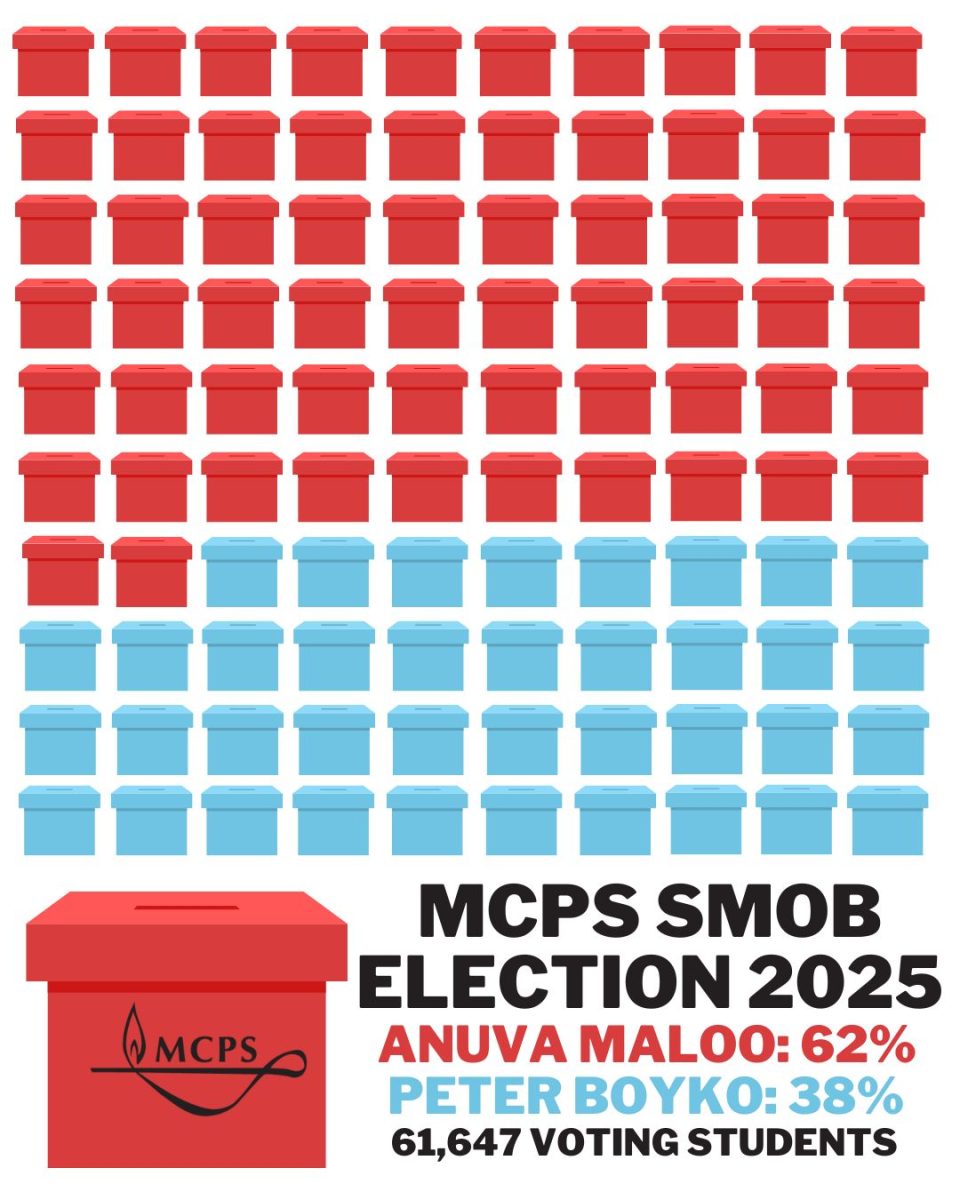Over the course of previous winters, a lack of snow has remained a prominent and recurring trend. As the wintery months have arrived, DMV residents will be expecting much more snow compared to past winters.
In recent years, the region has also been experiencing La Niña climate currents, where trade winds, which blow east to west along the equator, are stronger, according to NOAA. This decreases the temperature of water in the Pacific Ocean, thus leading to warmer weather in the Mid-Atlantic region, which Maryland is a part of. Consequently, there have been warmer winters, which causes lower levels of snow fall.
The whole of the DC area will be experiencing an El Niño winter this year. According to Fox Weather, the El Niño climate pattern occurs when trade winds weaken in strength, which causes the Pacific Ocean to become warmer. This then leads to atmospheric changes, one of which is more precipitation in the Mid-Atlantic region.
Every El Niño is different, but this year, meteorologists have predicted that DC will have a strong El Niño winter. Some ways that meteorologists predict El Niño patterns include utilizing satellite data, ocean buoys, climate models and international collaboration.
Ocean buoys are floating devices in the ocean, which have sensors to track ocean currents, temperature and other conditions. Satellites can measure different factors related to the ocean with sensors as well.
However, climate models do not track climate patterns like ocean buoys or satellites. Instead, they are complex mathematical representations of the Earth that can help with understanding the Earth’s climate and modeling future climate conditions. El Niño plays an important role in determining Earth’s climate, so these tools can be useful in analyzing the phenomenon and predicting its strength.
Another way that meteorologists predict climate patterns is by seeking assistance from other organizations, in which global data can be shared. This use of more data from multiple regions can help forecast future El Niño patterns.
The Climate Prediction Center anticipated this year’s El Niño due to the rising temperature of the Pacific Ocean. There was also a predicted 35 percent chance of the occurrence of a “historically strong” El Niño event, compared to the 10 percent chance in 2018, according to the World Meteorological Organization.
However, the RM community may hold different views on this occurrence and whether it is important to them or not. “I think that this weather pattern could make it a nicer winter,” freshman Aviva Mitrani-Reiser said. “At least we’ll get more snow this year.”
If you would like to voice your opinion on an issue you feel is relevant to our community, please do so here. Anyone is able and welcome to submit a Letter to the Editor, regardless of journalistic experience or writing skills. Submissions will be published either online or in a print issue.








